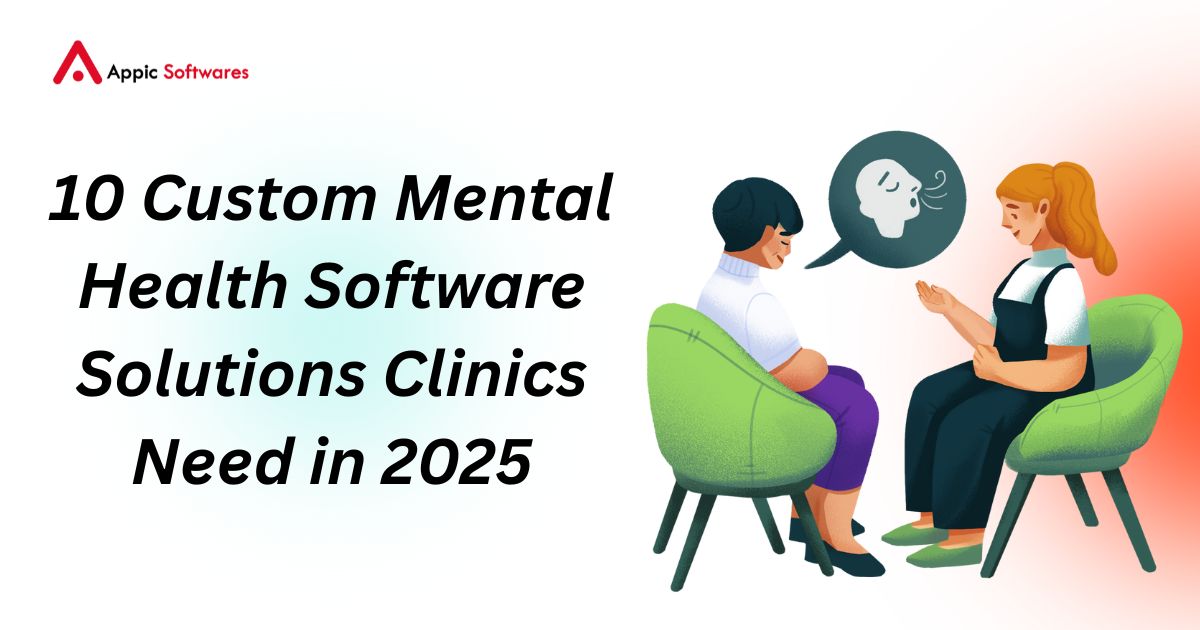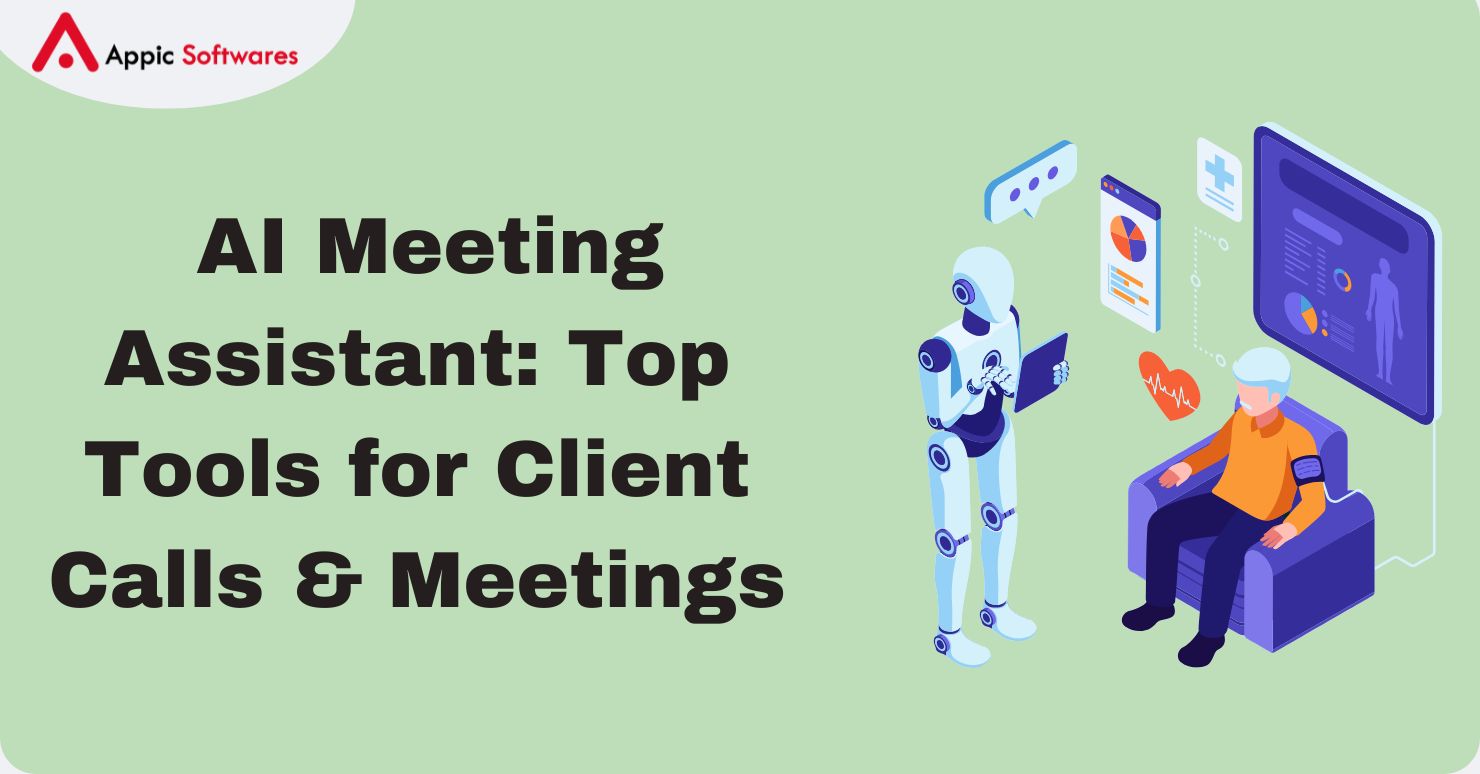
React Native by Facebook and Google’s Flutter are creating a huge buzz as they compete to be the best framework. In this article, we will investigate Flutter Vs React Native and see how they stack up against each other in the business.
In the past, the application development industry focused on creating separate apps for iOS and Android, but things have completely changed now. Today, putting resources into a platform application advancement organization that dominates a single app can run on both Android, as well as iPhone.
Each manual for Cross-Platform application improvement enrolls that ‘The Trend’ became standard when Facebook dispatched and promoted its cross-platform application advancement system got back to React-Native in 2015.
What’s more, accordingly, without an ounce of uncertainty, React-Native got mainstream, and the top shots like LinkedIn, Instagram, Walmart, and so on moved to the platform.
Google at the Mobile World Congress reported the beta arrival of its cross-platform SDK called Flutter. Also, in simply a question of a couple of months, Flutter for platform application advancement has just begun pushing React-Native for something reasonable of the spotlight, supported by the force that Google has given to it looking like the highlights like Support for AndroidX, Game Controller, and then some.
The present-day circumstance is that Flutter and React Native have gone into an open battle of foothold and mass reception, and the inquiry question of both of the structures returns with the outcome appearing – ‘React Native versus Flutter 2019’.
Let us glance back at what the two systems depend on to set a base for correlation of being the best local answers for assembling applications for the two iOS and Android.
What is Flutter?
Flutter is one of the leading open-source cross-platform app development frameworks used in the industry today. Google created it in 2017. Let’s now explore the advantages and disadvantages of Flutter to gain a clearer understanding of the framework.
The following advantages of building cross-platform
- A total improvement environment
- Exceptionally adjustable
- Google makes it entirely dependable
- Hot Reload function
- Open-source and easy-to-use
It additionally has a few disadvantages, such as:
- Huge application size
- Depend only on the tool
What is React-Native?
It is an open-source structure created by Facebook in 2015 as its cross-platform app development technology. It permits Flutter to utilize React and JavaScript, the local platform capacities needed to construct platform applications.
comes with a range of advantages, such as:
- Execution of Native UI segments
- Instant parts
- Offers admittance to local functionalities
- Hot reload
- Profoundly dependable
- Stage explicit code
- Open-source
- React-Native for Web function
It comes with a series of disadvantages, such as:
- Non-consistent route
- Complex UI
The applications made with React-Native incorporate Facebook, Skype, Artsy, Vogue, Bloomberg, Tesla, and so on.
The Difference Between Flutter and React-Native:
Programming Language
React-Native uses JavaScript for building cross-platform applications. It is primarily used to react with different well-known JavaScript structures. This makes it very simple for Web Flutter to begin with its platform application.
Then again, Flutter uses the Dart programming language. The language was presented by Google in 2011. It utilizes a few items arranged ideas that are genuinely simple to learn and begin with.
Yet, perceiving how JavaScript is a language that Flutter starts its excursion with, the way that React Native is simple gets it more focused.
Establishment
The react-Native system is introduced through the Node Package Manager (NPM). For Flutter having JavaScript information, the cycle of establishment is incredibly simple.
Flutter is introduced through downloading paired for a particular platform from GitHub. On account of macOS, an extra Flutter.zip record must be downloaded and added as a PATH variable.
While both Flutter system and React-Native need a one-line establishment with a local bundle supervisor for an OS, Flutter establishment calls for one extra advance. Along these lines, the point goes to React-Native.
Arrangement and Setup
Flutter’s arrangement cycle is substantially more direct when compared with React-Native. Flutter accompanies the arrangement of mechanized exam of framework issues, something which React Native misses generally.
Specialized Architecture
React Native depends on the JS runtime environment known as JavaScript Core. It utilizes the Flux environment from Facebook. Flutter, then again, utilizes the Dart system which doesn’t need an extension for speaking with local modules.
Since Flutter accompanies a ton of local segments in the system itself and doesn’t Anything to connect with, the point here goes to Flutter.
Interface
Both Flutter application service and React Native have a huge difference when developing UI applications. React Native is a feather for Android as well as iOS with third-party Components.
Local Appearance
Native look and feel is something that both Flutter and React Native for mobile application advancement are advancing as their USP. While the presentation that is an indication of React Native Development is accessible for the world to take a look at and investigate, the equivalent can’t be said with an assurance for Flutter.
The reason why the company hires Flutter is its ability to utilize the device’s core functionalities with no third-party use to go far in the expedition of building up Native look and feel applications for iOS and Android.
Tooling
With regards to Tooling, Flutter doesn’t coordinate with React Native, YET. Since Flutter is in any event 3 years of age, the scope of IDEs and instruments supporting it is a lot higher in number.
Yet, at that point, the Flutter structure can flaunt its similarity with Visual Studio Code, IntelliJ Idea, and Android Studio. Also, the debugger, Dart linter, auto-design, code analyzer, and auto arrangement apparatuses of Flutter have gotten some truly good reviews.
Flutter Productivity
For a Flutter developer who holds skills in JavaScript, React Native is exceptionally simple. It accompanies a hot reload that saves Flutter an opportunity Besides, Flutter is even allowed to utilize any IDE or content tool of their decision.
Flutter likewise accompanies a hot reload feature. In any case, the expectation to absorb information is somewhat more prominent when Flutter needs to learn and utilize the new Flutter ideas. Likewise, Dart, being new, does not have the help of numerous content managers and IDEs, which brings down the engineer’s efficiency.
React Native gives more Flutter backing to a Flutter app development company regarding language highlights and IDEs. For this, the score goes to React Native.
Documentation
While the disorderly state in which React Native documentation is in, is normal from a structure that is vigorously open source, it has a long way to go from Flutter documentation.
Google is known for its unmistakable, definite, and very much figured documentation, and with Flutter, they have proceeded with the desire.
At the point when you make a comparison at the present-day examination of Flutter versus React Native in 2019, you will find that Flutter is lagging and it is. However, the circumstances will change.
Add to this the libraries. Indeed, Google itself isn’t avoiding testing Facebook on the face. On the off chance that you missed the presence of Flutter inside and out of the documentation for React Native, here’s a summarized form.
Flutter for React-Native
“Flutter for React Native” is Google’s guide to helping developers with React Native experience transition to building Flutter applications.
The guide outlines the process of creating a new Flutter app and specifically explains Flutter for React Native. It is designed to show that any developer familiar with React Native can easily switch to Flutter.
The documentation provides clear instructions for building Flutter applications on both iOS and Android, highlighting Flutter’s flexibility and ease of use.
Additionally, the integration of Material Theming and Cupertino within the cross-platform SDK ecosystem introduces a more expressive UI in Flutter applications—something React Native lacks and relies on external design kits to achieve.
Performance
When comparing Flutter vs. React Native in terms of performance, Flutter takes the lead. It is significantly faster than React Native due to its direct compilation to native code. Unlike React Native, Flutter does not rely on a JavaScript bridge to interact with the device’s native components, which enhances both development speed and runtime efficiency.
Lifecycle Management
Generally, React Native performs better when it comes to simplifying application lifecycle management and optimization. Flutter only provides basic tools for handling widget inheritance, focusing on stateless and stateful environments without offering built-in mechanisms for explicitly saving the application state.
Code Reuse
React Native allows you to write code once and deploy it across multiple platforms while accommodating platform-specific differences. In contrast, Flutter may occasionally need to identify the running platform and load different components accordingly.
However, Flutter offers better code reusability by allowing developers to define a single UI and reuse the underlying logic, minimizing the need for platform-specific code. For its superior code reuse capabilities, Flutter earns the point.
Assemble and Release Automation Help
One hands-down advantage of Flutter over React Native is its computerization help in form and delivery. React Native report doesn’t convey any robotized approaches to send the iOS applications to the App Store. It gives a manual cycle, however, to the sending of the application from Xcode. Also, React Native depends on outsider libraries for building and delivering mechanisms.
Flutter’s center highlights accompany a strong command-line interface. It permits Flutter to create applications paired with the help of the command line
Flutter has an amazing automation tool that is used for deploying the app, and is more advanced than React Native
Test Support
Being on a JavaScript structure, there are a couple of unit-level testing systems accessible to React Native. That is why there is no official help to React Local when you need to coordinate. There are some outsider looks, for example, Detox and Appium, that can be utilized for testing the application, but they are not supported officially.
Flutter offers a wide range of testing highlights for testing the applications at the unit, and integration. It even accompanies extraordinary documentation. The degree of testing support features the upside of Flutter over React Native.
CI/CD and DevOps Support
React Native doesn’t convey any official documentation on CI and CD. Flutter, then again, has a whole segment on it that incorporates a few connections making the expansion of CI/CD for Flutter applications an amazingly easy cycle.
Network Support
React Native, being dispatched in 2015, has enormous fame over the long run. It comes supported by a huge network that holds a few gatherings and gatherings all over the globe. Flutter, even though it is getting a ton of consideration from the Flutter network, has the opportunity to arrive at the Flutter network reinforcement on account of React local application development organizations.
Since there are still significantly fewer resources for Flutter in the Flutter people group, the fact of the matter is that we are away from a favorable position for React Native.
Ubiquity
Between React Native and Flutter, the quantity of React Native, Flutter, and even the quantity of applications running on it is far more than on account of Flutter. In any case, the hole is rapidly filling in. As per Stack Overflow’s Flutter Survey 2019, Flutter has positioned as the most adored language with over 75.4% of individuals demonstrating revenue in the structure, while 62.5% of Flutter indicated revenue in React Native.
Perceiving how both the structures are picking up a foothold, it is hard to remark on who is better in both.
Industry Adoption
Since Flutter is a significantly new concept in the cross-platform industry, the quantity of organizations that have received the SDK for building up their cross-platform applications is less. Then again, the advantages of utilizing React local for application advancement lie in the feature page of applications that have been created utilizing the system is a lot higher.
In any case, the reality remains that even after being new, brands with their collaborated Flutter application building organization, have dispatched applications on the SDK which are fairly mind-boggling like Google AdWords or Hamilton Musical, and even an eCommerce goliath like Alibaba.
Filling this Flutter versus React Native 2019 fire further are the new increases that have been acquainted with both the top cross-platform frameworks.
Between 2018 and now, especially after the 2019 Google I/O event announcements, various new changes have entered both areas, paving the way for intense competition.
Let us see what’s happening in Flutter and React Native in 2019.
What’s going on in Flutter?
Since the time of the First beta arrival of Flutter, the structure has been evolving regarding execution abilities and adoption rates.
Flutter first released its 1.7 delivery in July 2019 with abundant new highlights and enhancements, including:-
Android X Support – This makes it feasible for Flutter applications to refresh their planned Android applications without sacrificing compatibility.
OpenType Rich Typography Features – Flutter is delivering another arrangement of typography highlights like plain and old-style numbers, sliced zeros, elaborate sets, and so on, which will upgrade the application UI experience.
Moreover, Flutter for Web is now available, focusing on expanding Flutter beyond mobile devices to Chromebooks, Windows, and Macs. It makes creating work area applications with Flutter a reality. Overall, this suggests that Flutter offers greater future potential and should be considered by Android and iOS developers in 2019.
2019 finished with Flutter dispatching its 1.12 variant. At the Flutter Interact event, they announced the new version with several new features and enhancements, focusing on Ambient Computing.
Aside from this, they chipped away at a few different enhancements like:
- Dart 2.7
- Modified DartPad
- Beta Web uphold
- macOS support
- Add-to-App update
- New Google Fonts bundle
- iOS 13 dim mode uphold
What’s happening in React-Native?
In November last year, React Native released a guide outlining the plans for 2018 and 2019, making building versatile applications in React Native more exciting.
The newly added components are set to redefine what React Native relies on.
Experts expect them to:
1. Make APIs stable
2. Make a Better GitHub Repository
3. Better Documentation
4. React Native is removing unused and non-core components from its surface area.
5. Plan to improve support for popular tools and platforms in the open-source community.
6. Facebook will use the Public API to reduce instances of breaking changes in React Native.
Aside from these, React Native 0.60 launched in July 2019 with a set of new changes:
New Screen – Another screen appears, showing important guidelines like modifying App.js, connecting documents, and linking the menu. The network considers this an effort to improve the ease of use and popularity of React Native over Flutter.
Backing for Android X – Like Flutter, React Native will likewise uphold AndroidX (Android Extension Library). This implies that whether or not you pick React Native or Flutter, AndroidX will be a piece of your platform application development measure.
In September 2019, React Native dispatched its 0.61 version with a reloading experience, called Fast Refresh.
In this form, Fast Refresh combines the live reloading and hot reloading features into a single component.








